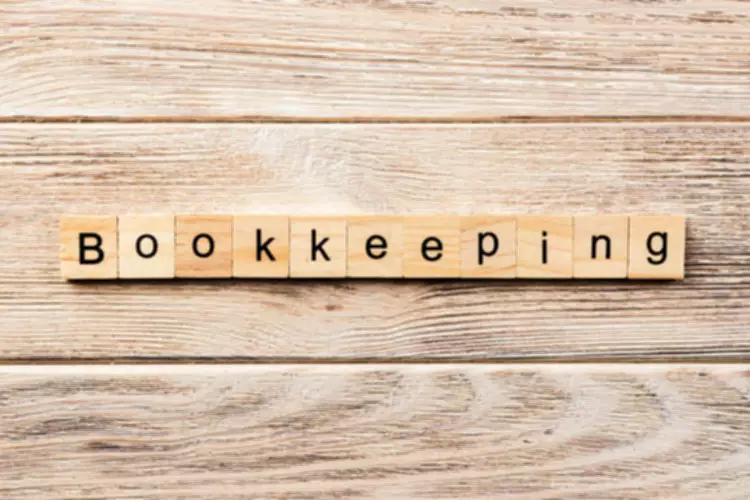Content

When a company generates net income, or profits, and holds on to it rather than pay it out as dividends to shareholders, it’s recorded as retained earnings, which increase stockholders’ equity. For example, if a company reports $10,000,000 in net profits for the quarter and pays $2,000,000 in dividends, it increases stockholders’ equity by $8,000,000 through the retained earnings account. If a company reports a loss of net income for the quarter, it will reduce stockholders’ equity. A company’s total number of outstanding shares of common stock, including restricted shares, issued to the public, company officers, and insiders is a key driver of stockholders’ equity. The amount recorded is based on the par value of the common and preferred stock sold by the company not the current market value. Low or declining stockholders’ equity could indicate a weak business, and/or a dependency on debt financing. However, low or negative stockholders’ equity is not always an indication of financial distress.
- Since equity accounts for total assets and total liabilities, cash and cash equivalents would only represent a small piece of a company’s financial picture.
- Companies report preferred stock at par value, which is the issued or redeemable amount.
- Investors contribute their share of (paid-in) capital as stockholders, which is the basic source of total stockholders’ equity.
- The following changes occurred in the equity accounts throughout 2021.
The fourth financial statement, called a statement of shareholder equity shows how shares, total equity and ownership types https://www.bookstime.com/ have changed over time. It reconciles the activity in the equity section of the balance sheet from period-to-period.
Two Possible Reasons for an Increase in Stockholder’s Equity
Stockholders’ equity can be calculated by subtracting the total liabilities of a business from total assets or as the sum of share capital and retained earnings minus treasury shares. External users typically analyze the statement of shareholders’ equity to understand how and why the total equity balance changed during a period. For instance, creditors want to know if a company incurs losses and as a result requires owners’ contributions to maintain the minimum equity levels to meet the debt agreements. This report is typically shorter than the other standard financial statements because not that many transactions affect the equity accounts of a company. For example, the main threebusiness eventsthat influence equity are issuances of stock or purchases oftreasury stock, income earned or losses incurred, and contributions by or distributions made to stockholders. Those are typically the only transactions that will affect the equity accounts and thus be reported on this financial statement. The statement of stockholders’ equity provides information about the changes in the business’s capital each year.

It may appear in the balance sheet, in a combined income statement and changes in retained earnings statement, or as a separate schedule. Normally the beginning equity account and shareholders’ equity balances are first stated in the far left column.
What is Statement of Shareholders’ Equity?
The statement of shareholders’ equity helps the business plan the distribution of its profits. A business enterprise must make up-front decisions statement of stockholders equity about the portion of profits that will be directed to retained earnings and the amount that will be distributed to shareholders.
- Instead, the company will set aside a portion of its profits to pay dividends, and that portion is usually outlined in the stock agreement.
- When examined along with these other benchmarks, the stockholders’ equity can help you formulate a complete picture of the company and make a wise investment decision.
- This report is typically shorter than the other standard financial statements because not that many transactions affect the equity accounts of a company.
- FREE INVESTMENT BANKING COURSELearn the foundation of Investment banking, financial modeling, valuations and more.
- Statement of Shareholders’ Equity is used to calculate the company’s book value per share.
- Bob bought $50,000 of capital stock of the business by investing it in cash.
For this reason, many investors view companies with negative shareholder equity as risky or unsafe investments. Shareholder equity alone is not a definitive indicator of a company’s financial health. If used in conjunction with other tools and metrics, the investor can accurately analyze the health of an organization. Business owners can create a physical shareholder statement of equity to go into the balance sheet, using Excel, a template oraccounting softwarethat automates a lot of the work. The statement of shareholder equity is also important in trying times. It can also reveal whether you have enough equity in the business to get through a downturn, such as the one resulting from the COVID-19 pandemic.
How do you create a statement of shareholder equity?
This formula is known as the investor’s equation where you have to compute the share capital and then ascertain the retained earnings of the business. The amount of dividend payments to the shareholders is up to the company. It may even choose not to pay a dividend if it feels that it might require funds elsewhere, e.g. in expanding the factory or investing in a new project, etc.
Mirion Technologies : Report of Independent Registered Public Accounting Firm – Form 8-K – Marketscreener.com
Mirion Technologies : Report of Independent Registered Public Accounting Firm – Form 8-K.
Posted: Thu, 17 Nov 2022 08:00:00 GMT [source]
This is done either to increase the value of the existing shares or to prevent various shareholders from controlling the company. The Share CapitalShare capital refers to the funds raised by an organization by issuing the company’s initial public offerings, common shares or preference stocks to the public. It appears as the owner’s or shareholders’ equity on the corporate balance sheet’s liability side. The preference stock enjoys a higher claim in the company’s earnings and assets than the common stockholders. They will be entitled to dividend payments before the common stockholders receive theirs. Cash outflows used to repay debt, to retire shares of stock, and/or to pay dividends to stockholders are unfavorable for the corporation’s cash balance. Therefore, debt holders are not very interested in the value of equity beyond the general amount of equity to determine overall solvency.

Write a Comment